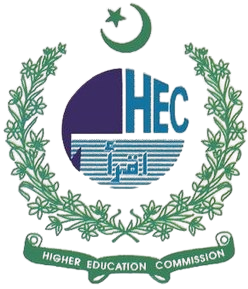EXPLORING SEMANTIC DEPTHS: A CORPUS ANALYSIS OF WORD MEANING, SENTENCE STRUCTURE, AND LEXICAL RELATIONS IN BAPSI SIDHWA'S NOVELS
DOI:
https://doi.org/10.63878/jalt1018Keywords:
Lexical Semantics, Sketch Engine, CorpusMate, Frawley’s semantic theory (1992) and Murphy (2010).Abstract
This study investigates the semantic architecture of five major novels by Bapsi Sidhwa (The Crow Eaters, The Pakistani Bride, Ice-Candy-Man, An American Brat, Water) through a corpus-stylistic lens, focusing on how meaning is constructed at multiple linguistic levels in her narrative style. We adopt a multi-layered semantic analysis framework drawing on Frawley’s semantic theory (1992) and Murphy (2010), and incorporating recent corpus linguistic techniques) for systematic extraction of meaning-based features, targeting six key aspects: word meaning, sentence meaning, propositional content, semantic roles, lexical relations, and semantic fields. A digital corpus of the novels was processed with CorpusMate and Sketch Engine to generate concordance lines and collocational profiles for each category. Quantitative findings were complemented by qualitative interpretation of textual examples, linking linguistic patterns to their narrative functions. The combined semantic profiles and illustrative excerpts reveal a consistently rich use of sensory imagery, emotional expression, and cross-cultural lexicon across Sidhwa’s writing over nearly three decades (1978–2006). Major trends include her use of vivid lexical contrasts and metaphors to evoke settings and character emotions, and the alignment of semantic roles and fields with thematic concerns such as identity, gender, and faith. Findings contribute to lexical semantics and postcolonial stylistics by demonstrating how global English semantic structures interact with localized expressions and cultural themes to construct Sidhwa’s distinctive narrative voice. Implications include methodological support for applying corpus-assisted semantic analysis in literary stylistics, and deeper insight into how English-vernacular hybridity manifests at the semantic level in South Asian fiction.
Downloads
Published
Issue
Section
License

This work is licensed under a Creative Commons Attribution-NonCommercial-NoDerivatives 4.0 International License.


